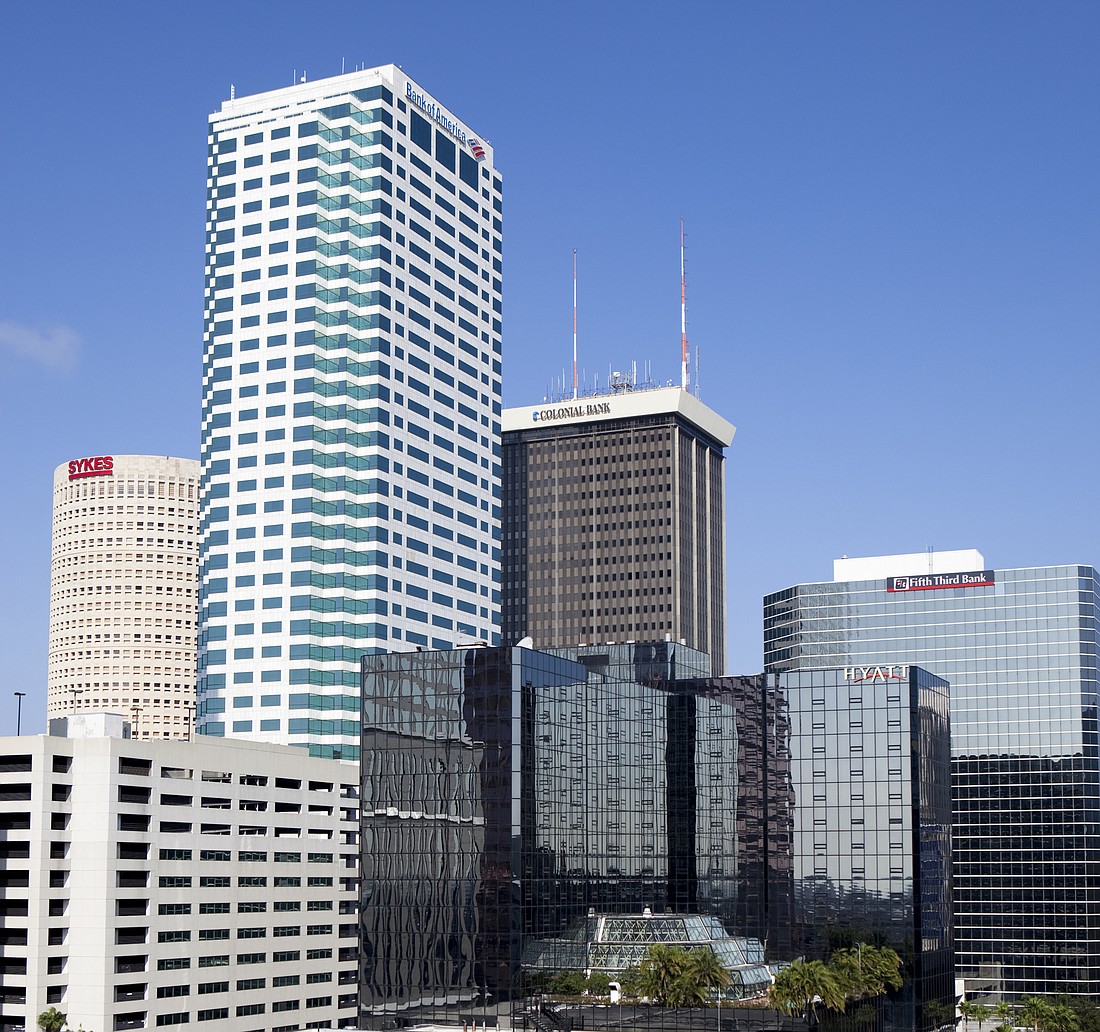- January 15, 2025
-
-
Loading

Loading

Earlier this year, many economists pounced on the notion that the U.S. economy would likely experience a “V”-shaped bounce when warmer summer temperatures and heightened safety measures combined to bring COVID-19 under control.
Subsequent spikes in the coronavirus globally and the failure by many to adhere to recommended public safety measures have led economists now, however, to affix another letter in the alphabet to a pending economic recovery: “K.”
In a K-shaped recovery, wealthy Americans and those with discretionary incomes or investments would tend to fare well — as represented by the upwardly slanting bar on the letter.
This trend would be manifest, experts say, by gains in the stock market, increases in commodity prices and higher yields in. U.S. Treasuries.
Conversely, working-class residents who typically lack significant savings or investments — and who have been disproportionately impacted by the pandemic by the loss of employment or wages — are slated to do worse if or when COVID-19 is arrested.
'Retailers and retail centers, particularly those that sell discretionary goods and services to less-affluent households, could lag the overall recovery even as centers that cater to affluent households find their footing.' Researcher Ryan Severino, JLL
They are represented by the downward-slanting line in the letter, and would be seen through increased rent delinquencies and mortgage defaults, falling consumer confidence levels and higher consumer debt borrowing.
The potential implications of a K-shaped rebound on commercial real estate could be significant and long lasting, commercial real estate firm JLL explains in a new report.
Of all the sectors to be hit hard by the pandemic, JLL argues the “divergence” of a K-shaped recovery could most affect bricks-and-mortar retail properties.
“Retailers and retail centers, particularly those that sell discretionary goods and services to less-affluent households, could lag the overall recovery even as centers that cater to affluent households find their footing,” JLL Researcher Ryan Severino writes in “The Case for a K-Shaped Recovery,” which was released last month.
For the Gulf Coast, that means the International Plaza mall in Tampa’s Westshore Business District will shake off the economic frost brought about the virus, while Class B and Class C strip centers in more marginal areas will suffer.
Severino argues that residential markets won’t be immune from the “K” shape, either.
“Lower-income housing could also face some headwinds during the recovery, even as demand for higher-barrier-to-entry housing, such as home ownership, swells,” the report notes.
Perhaps the sector that continues to face the most uncertainty as a result of COVID-19 remains the office market.
Although strong demand drivers, shrinking vacancies and white-collar employment gains over the past seven years have pushed new office development to unprecedented levels in Tampa and elsewhere, questions remain as to the extent of fallout associated with the pandemic.
Several major office occupiers nationwide, for instance, have indicated that pandemic-inspired “work-from-home” programs may be extended indefinitely — a trend that could impact vacancy and rental rates well into 2021.
“The relatively strong performances from office-using employment prevents a challenging situation from becoming worse,” JLL predicts. “Though many questions about the future of office demand remain, undoubtedly office-using employment will remain a key driver of economic growth.
“Yet that will likely exacerbate the existing rift in performance between high-quality and low-quality office space,” the report notes.
JLL states that ample evidence exists that a K-shaped recovery is already occurring — especially in equity and housing markets.
Despite a tech-led correction of late, the Dow Jones Industrial Average, Nasdaq composite and the S&P 500 have all trended upward, JLL says.
Housing prices, as well, have surged this summer amid shrinking inventory and lower mortgage interest rates.
But the firm warns that such hikes could have an unintended effect on the economy going forward.
“Rising asset markets can exacerbate the rift in fortunes because of concentrated or limited ownership of assets,” Severino states.
An “uneven” employment market also plays a key role, as layoffs have disproportionately crimped “lower-skilled service industries” such as restaurant waitstaff, retail salespeople and fast-food workers.
“By contrast, financial services or professional and business services have fared much better,” JLL notes, in large part because those workers have been able to transition to working from home.
The number of jobs paying $32 an hour or more have risen slightly during the pandemic, while positions paying less than $14 an hour have declined 20% below January levels.
“The rift between those faring best and those fairing worst has become wider than in the past,” JLL concludes, noting that it is a “pattern that differs from previous periods of economic recovery that could produce headwinds as the economy continues to regain lost ground.”